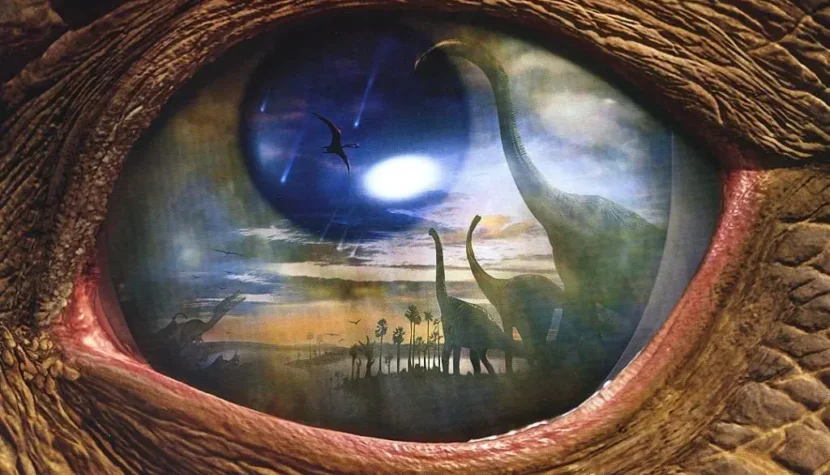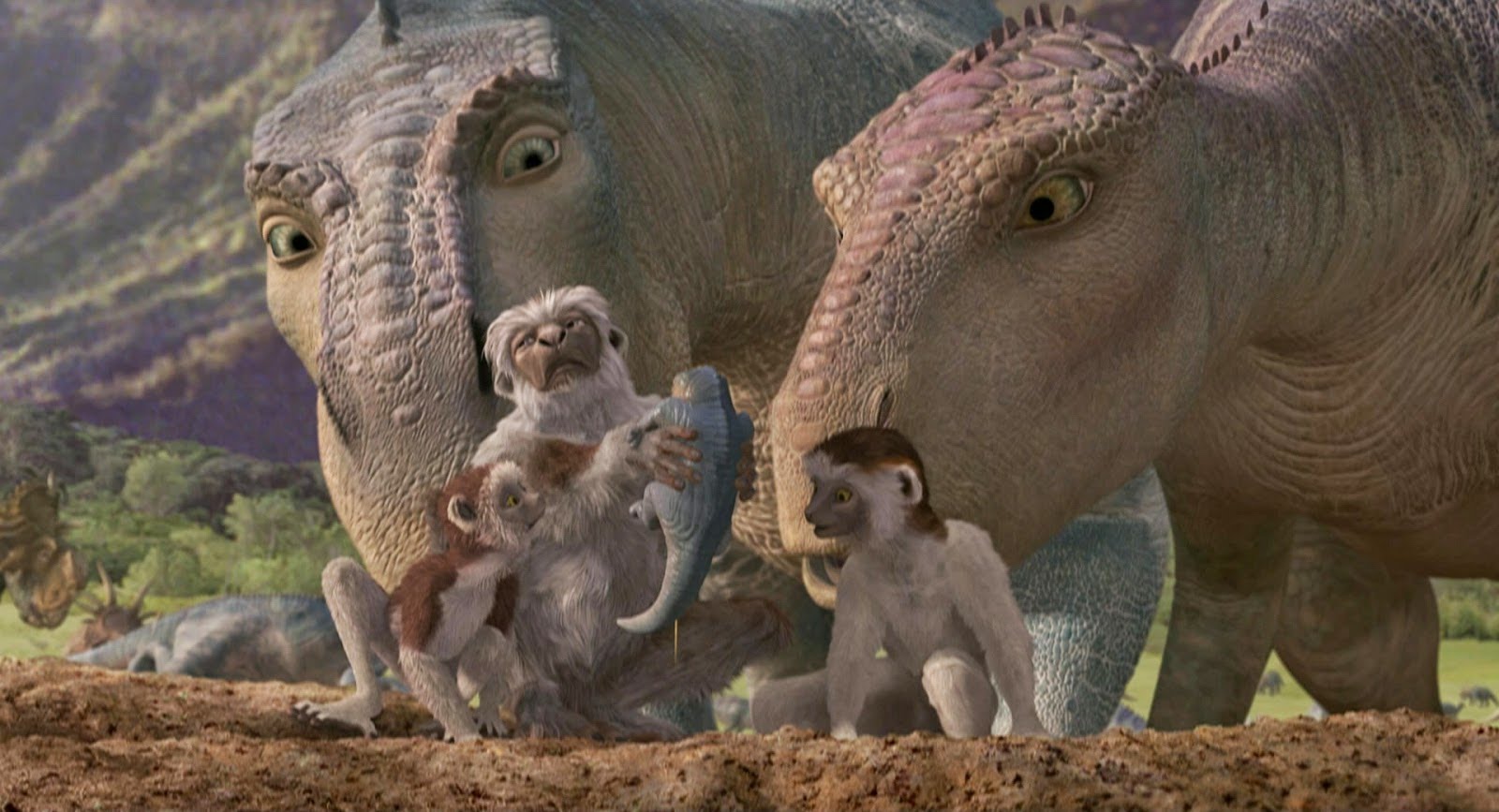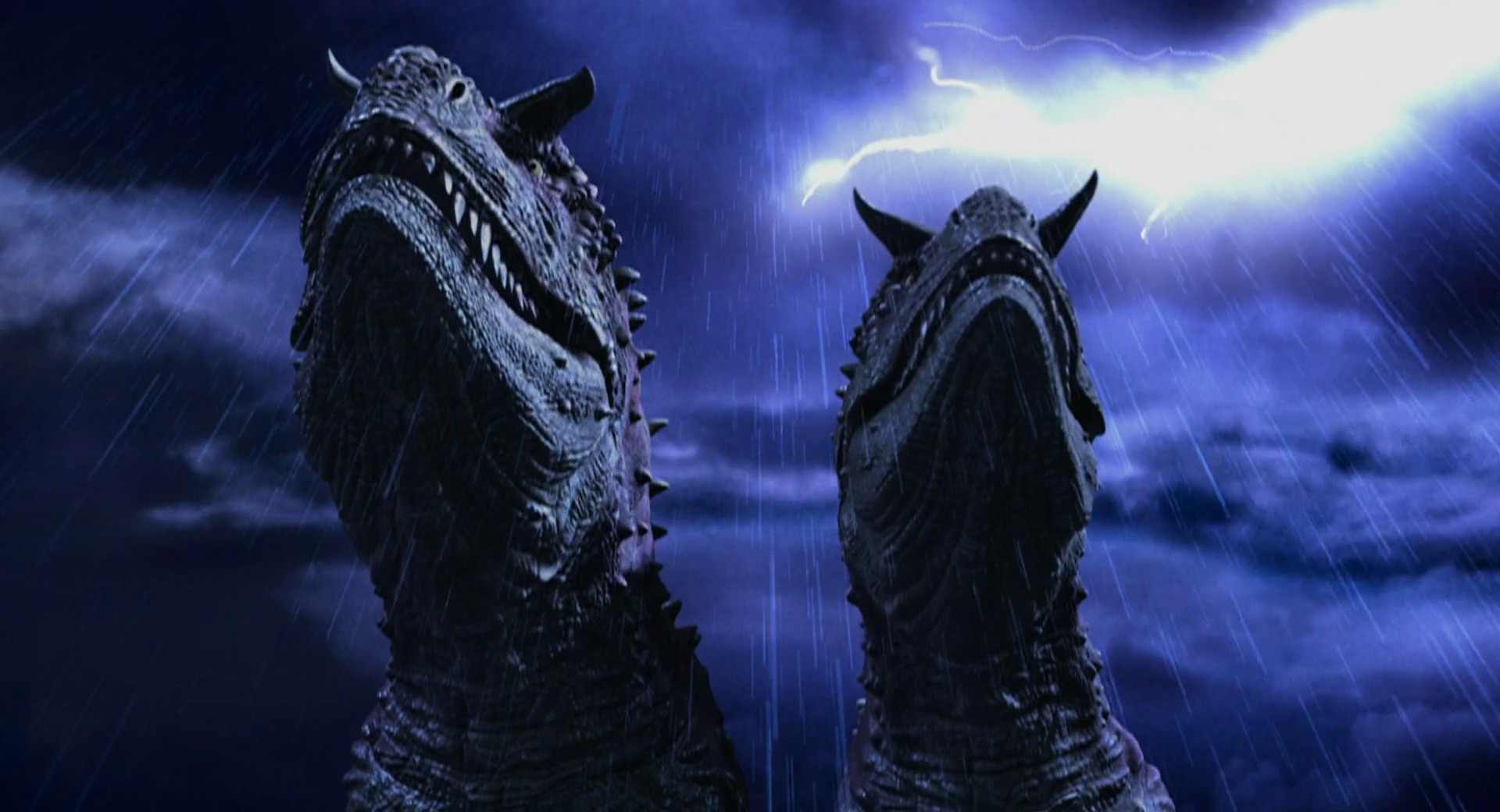DINOSAUR. It’s not just a story about identity

Have you noticed that for children, history is completely abstract? Their memory doesn’t really reach further back than yesterday’s lunch. And when they hear “the olden days,” their minds usually open drawers filled with images like World War II, knights and princesses, and… dinosaurs (which is mostly what they look for in museums, as if these places exist solely to gather ancient animal remains).As we know, the fascination with dinosaurs continues to ignite not only children’s imaginations. I believe the allure of dinosaurs comes from their sheer awe-inspiring nature combined with the electrifying fact that these giant reptiles ruled the Earth long before humans existed—before even official history began. Films dedicated to them serve a specific purpose: to marvel at the prehistoric power of nature while also teaching… humility. Compared to the millions of years dinosaurs dominated, the existence of our species is like the blink of an eye. Walt Disney Studios once contributed to the fascination with ancient reptiles. In 2000, the film “Dinosaur” was released, directed by the relatively inexperienced duo Eric Leighton and Ralph Zondag.
The plot resembles a mix of “The Jungle Book” and the story of the flood (the protagonist was originally even supposed to be named Noah). The main character, an Iguanodon named Aladar, is separated from his herd and raised among lemurs. After a catastrophic meteor shower, he must flee with his adopted family in search of a better environment. Along the way, they join a herd of migrating dinosaurs—including Iguanodons, the protagonist’s kin. For Aladar, this journey becomes not only a quest for a better world but also a deep exploration of his own identity.

Tailored to children’s tastes, “Dinosaur” went down in history as the first film where Disney, working independently (without Pixar’s help), ventured into computer animation. While part of the film’s world was based on real landscapes, most of it—especially the character designs—was created entirely with CGI. The filmmakers aimed for realism, so the dinosaurs closely resembled those from textbooks. However, they weren’t always consistent in their accuracy. This led to absurdities like prehistoric reptiles coexisting with mammals, or inaccuracies in the animals’ sizes. This isn’t the first or last time children’s understanding of history is muddled by oversimplifications.
Interestingly, “Dinosaur” was initially conceived to be something completely different—and not for children. The original concept, based on Phil Tippett’s 1985 short film “Prehistoric Beast”, was meant to be much darker and more brutal. It was even supposed to end with the extinction of the dinosaurs. Tippett envisioned Paul Verhoeven as the director. Crucially, like the original short, the film was intended to be made with stop-motion animation. But realism was again only superficial, as one of the characters would still have been a mammal. Under Disney’s guidance, the story took a drastically different turn. The message was softened. The only remnant of this original version is the opening scene, where a predator kills the Iguanodon’s mother.
The creators worked hard to avoid comparisons with “Jurassic Park“. Though a Tyrannosaurus, popularized by “Jurassic Park”, was originally meant to be the main antagonist, it was replaced by the less recognizable Carnotaurus. Similarly, a shot of a meteor flying past Earth—intended to precede the catastrophe—was cut because it might remind audiences too much of “Armageddon”. The most interesting fact is that “Dinosaur” was initially supposed to have no dialogue, in order to avoid comparisons with another dinosaur-themed animation—”The Land Before Time”. In the end, the filmmakers opted to make it more accessible to a younger audience.
Did this gamble pay off for the creators? In my opinion, not really. “Dinosaur” didn’t receive rave reviews nor did it make a fortune. The film could have been much stronger with a grittier, darker tone. The issue is that reviews are written by adults, who, unlike children, don’t have a distorted sense of history. However, putting aside complaints about unmet realism, “Dinosaur” does have its merits. In line with the film’s optimistic tone, James Newton Howard composed an uplifting score that enhances the viewing experience. The film also stands out in terms of its moral lessons.

“Dinosaur” isn’t just a story about identity. Though its plot suggests “The Jungle Book” set in prehistory, as the story progresses, it becomes clear that the creators had another message in mind. The film touches on how to treat the weak. While the leader of the herd pushes forward, leaving weaker individuals behind in the name of natural selection, the main character strongly opposes this mindset. In a modest but meaningful scene, he faces a choice—chase after the herd to ensure his own survival, or stay behind to help his struggling friends. His decision gives the film a deeper resonance.

